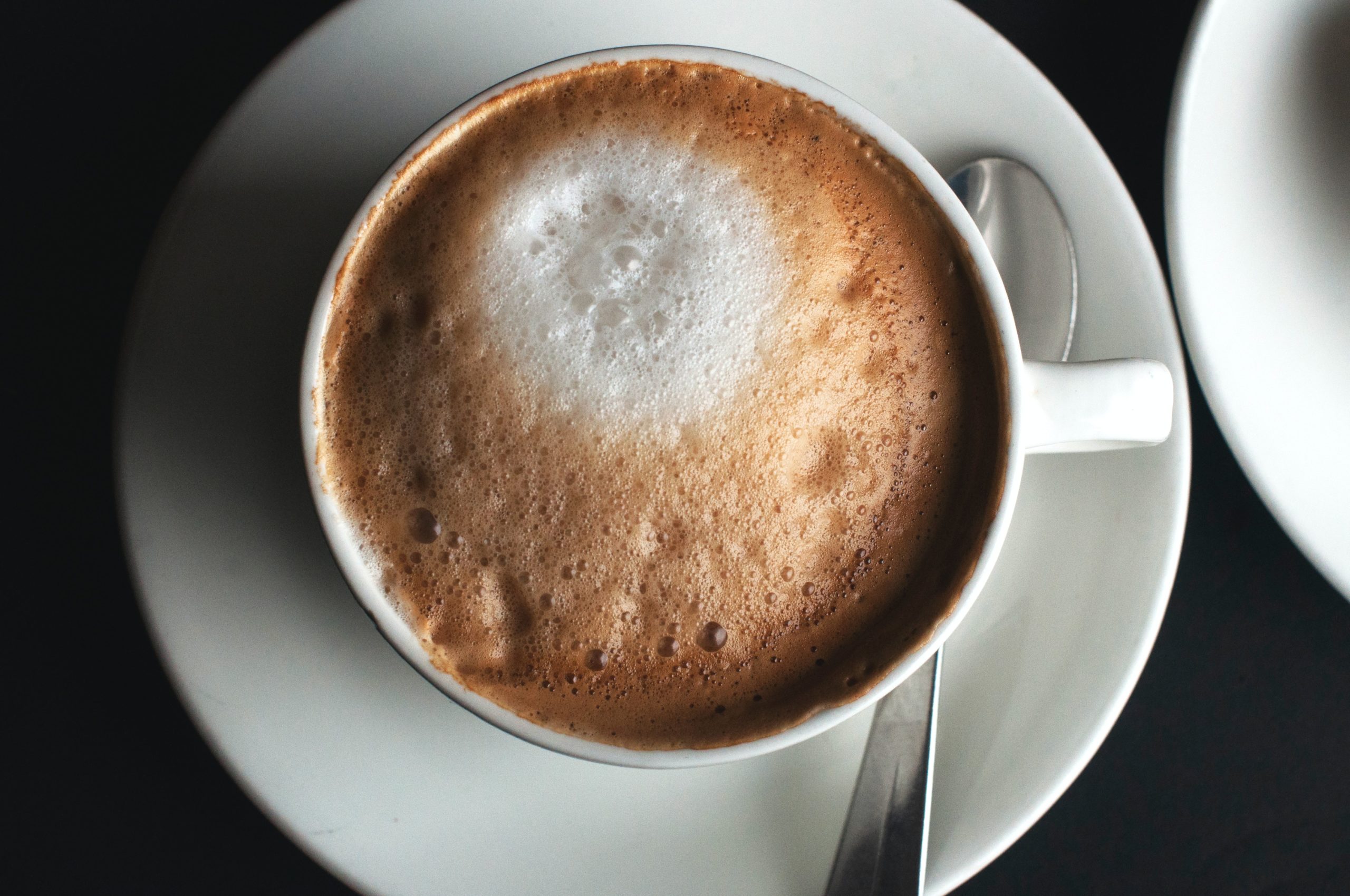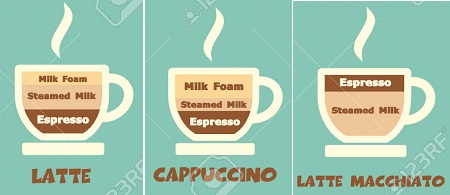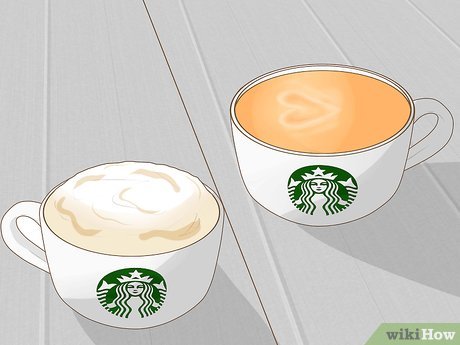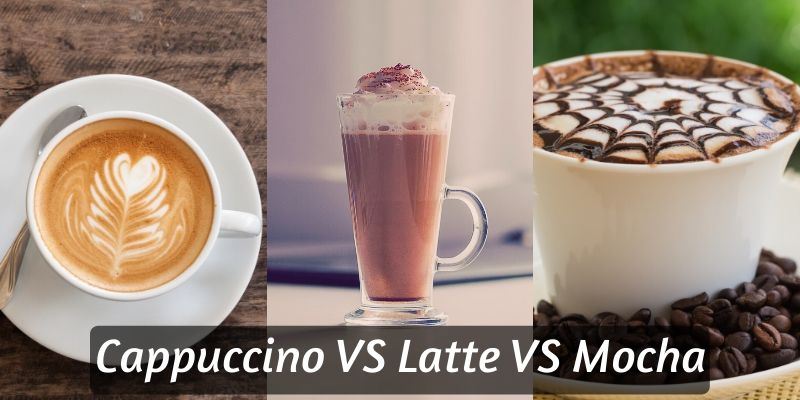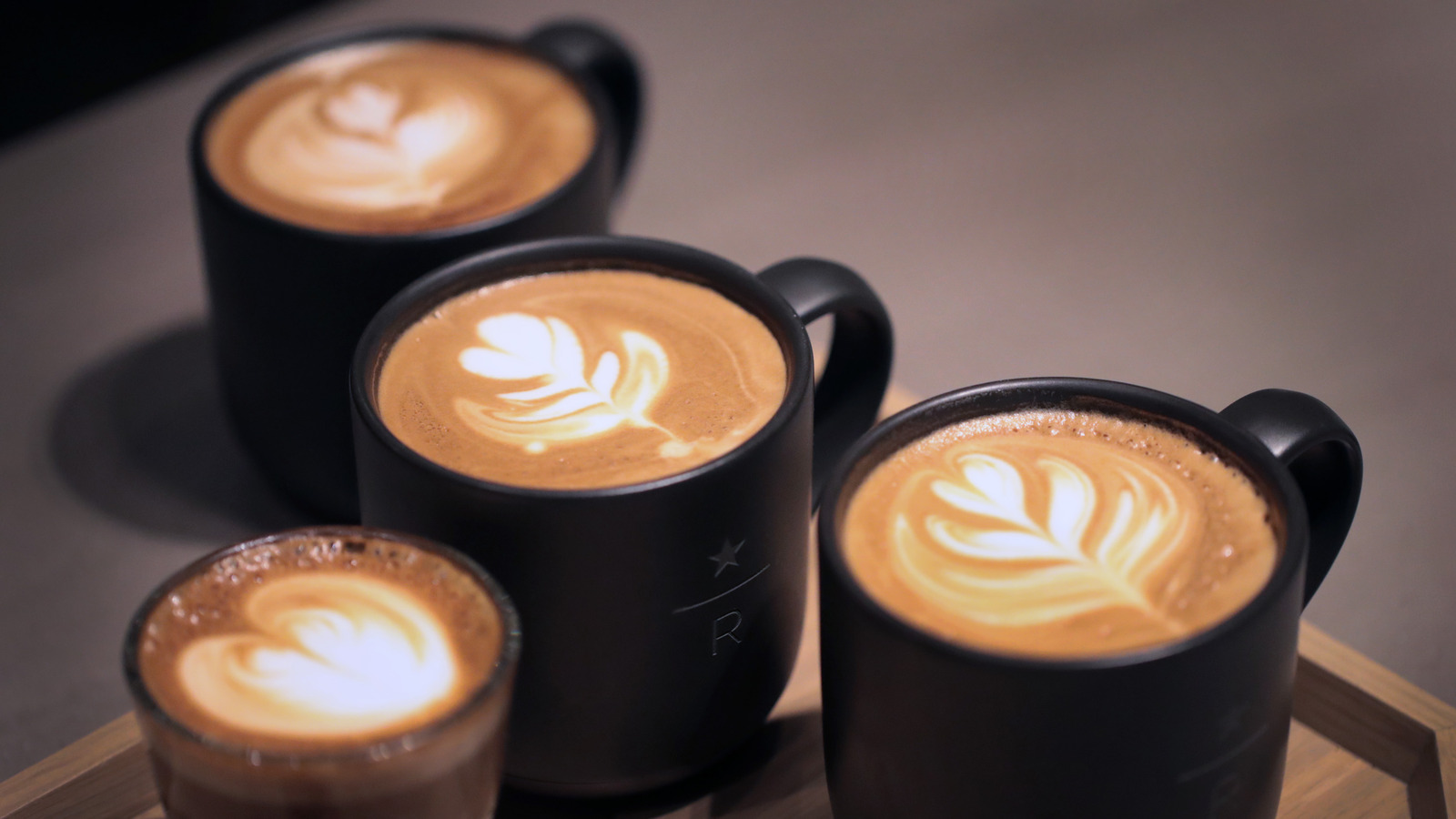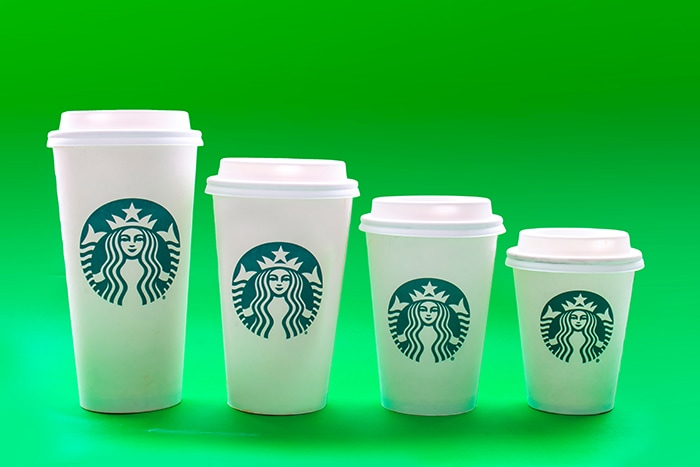For passionate coffee lovers, stopping by their favorite neighborhood café and ordering an espresso drink like a latte or flat white is an essential daily ritual. But what exactly is the difference between these two classic coffeehouse beverages? This comprehensive guide will explore all the nuances between lattes and flat whites – from brewing techniques to ingredients to flavor profiles – to help you confidently determine your perfect handcrafted caffeinated match.
As a coffee connoisseur, understanding the subtleties that distinguish these espresso-based drinks shows sophistication and appreciation for the finer points of café craftsmanship. With insider expertise in latte and flat white variations, you can knowledgeably order and customize your ideal artisanal version of either beverage to enjoy the optimal coffeehouse experience.
Tracing the Origins and Evolution of Latte and Flat White
To fully understand lattes and flat whites, it helps to examine their backgrounds. While both contain espresso and steamed milk, they arose from different coffee cultures before spreading globally.

The Humble Beginnings of the Latte
The latter has its roots in Italy, where the hot, milky drink was often enjoyed at breakfast or as an afternoon treat. The name comes from the Italian word for milk, “latte.”
Hallmarks of the traditional Italian latte:
- A single shot of ristretto or espresso, adds bold flavor without bitterness
- Steamed milk with tiny, even bubbles frothing milk to “latte art” standards
- A thin layer of foam, typically 1–2 cm high, crowning the drink
- Served in a clear glass to display the layers
The Flat White – An Antipodean Invention
Meanwhile, the flat white emerged in Australia and New Zealand in the 1980s as an alternative to the latte. The “flat” describes its short layer of microfoam.
Characteristics of the Aussie flat white:
- A double shot of espresso, adds depth and highlights coffee nuances
- Steamed milk with a silky “velvet” microfoam texture
- A thin layer of foam, 1–2 cm high, to spotlight the espresso
- Traditionally served in a small cup or glass
This extra shot of espresso gives the flat white bolder coffee flavor, which its devotees admire. The flat white grew famous through Antipodean cafes before spreading internationally.
Cross-Cultural Popularity Led to Variations
As lattes and flat whites grew in popularity beyond their native countries, variations emerged:
- Flavored lattes like pumpkin spice, honey-cinnamon, or mocha
- Iced or frozen blended lattes and flat whites
- Vegan versions using non-dairy milks like oat or almond
- Customization with sweeteners, spices, or toppings
Lattes and Flat Whites – Key Comparison Points
With origins in different coffee cultures, lattes and flat whites diverge in several aspects:
Espresso Shots
- Lattes use one shot for mellow flavor
- Flat whites feature two shots for bolder taste
Milk Type and Texturing
- Lattes incorporate lightly steamed milk with small, even bubbles
- Flat whites utilize silky “microfoam” steamed milk
Typical Serving Sizes
- Lattes are often served in 8-12 oz glasses
- Flat whites come in smaller 4-6 oz ceramic cups
- Traditional Italian latte glasses showcase layers
Flavor Profiles
- Lattes have a mild, subtly sweet coffee taste
- Flat whites offer a strong, rich espresso flavor
Examining How Ingredients Impact Taste
While containing largely the same ingredients, how lattes and flat whites utilize them significantly affects the final flavor. Let’s examine how the components can be optimized to achieve intended tastes.
All Starts with High-Quality Espresso
No matter whether you order a latte or flat white, the base is premium espresso. The quality of the beans and espresso machine impact flavor, crema, and aromas.
Lattes traditionally use a single 1 1⁄4 oz ristretto shot for concentrated espresso sans bitterness. Flat whites often feature a double 2 1⁄2 oz shot for complexity.
Steam Wands Expertly Texture Milk
Equally important is how the milk is handled and frothed using steam wands to give it an enticing taste and feel:
- Latte milk is steamed with tiny bubbles for a lighter, creamier consistency.
- Flat whites utilize “microfoam” – milk steamed to a velvety smooth texture.
This amplifies the richness of the flat white’s double espresso and the sweetness of the latte’s milk.
Balancing Milk and Espresso Ratios
The quantity of milk balances against the coffee to achieve the intended profile:
- Lattes classically use 10 oz of milk to complement the single shot.
- Flat whites employ less milk (4-6 oz) to let the double shot shine.
Sweeteners, Syrups and Toppings Provide Customization
Both drinks can be enhanced with flavors to taste:
- Sweeteners like sugar or honey to modulate sweetness
- Syrups such as vanilla, caramel or pumpkin spice
- Spices like cinnamon or cardamom for warmth
- Toppings like whipped cream or chocolate shavings for extra decadence
A well-crafted latte or flat white combines ingredients for a harmonious tasting experience.
Brewing Methods Impacting Quality
Achieving authentic lattes and flat whites requires certain brewing techniques. The equipment and parameters significantly influence results.
Pulling the Perfect Espresso Shots
The process begins by extracting espresso that balances sweetness, acidity, and bitterness:
- Use high-end machines with advanced pressure and temperature control
- Choose freshly roasted beans with flavor notes that complement the milk
- Optimizing the grind allows for an aromatic shot with long-lasting crema
Texturing Milk with Steam Wands
Steam wands are vital for incorporating microfoam into the milk:
- Purge wands before inserting pitcher to ensure dry, hot steam
- Position the wand tip just below the milk’s surface until spinning occurs
- Lower the pitcher gradually as the milk expands to evenly incorporate air
- Heat milk to 160-170°F without scalding or burning
Pouring Technique and Presentation
Baristas carefully combine the shots and steamed milk:
- Pull shots directly into a cup or glass to retain crema
- Add milk, holding back foam with a spoon if needed
- Spoon or scoop microfoam on top as a finishing touch
- Etched glassware or unique cups enhance the experience
Skilled preparation makes lattes and flat whites shine.
How Lattes and Flat Whites Diverge in Taste
Beyond ingredients, lattes and flat whites create distinct drinking experiences. Savoring the nuances helps appreciate what makes each special.
Lattes Spotlight Coffee’s Comforting Qualities
The latte’s balanced flavor profile arises from:
- A mild coffee taste from a lower espresso ratio
- Milk provides natural sweetness and smooth creaminess
- Subtle coffee complemented by milk’s flavor
- A comforting warmth without scalding heat
- Cozy, familiar flavors create an accessible experience
Lattes emphasizes coffee’s pleasurable qualities in a comforting beverage.
Flat Whites Showcase Espresso’s Depth
By comparison, flat whites deliver bolder coffee experiences:
- Strong, rich espresso flavors from the double shot
- Increased complexity with chocolate, caramel, or nutty notes
- A smooth, velvety texture from microfoam integration
- Milk softens the acidity for a mellow finish
- An intense yet balanced coffee-forward taste
Flat whites appeal to those seeking a robust but nuanced espresso beverage. The double shot adds satisfying depth and flair.
Nutritional Comparison – Calories, Fat and Caffeine
Understanding the calorie, fat, and caffeine differences between lattes and flat whites can inform your choices:
Calories Dictated by Milk Amount
Since milk contains natural sugars, it impacts calorie counts:
- Lattes average 120-150 calories for an 8 oz serving
- Flat whites have 90-120 calories for a 4 oz serving
Flat whites’ smaller size and lower milk-to-coffee ratio result in fewer calories.
Fat Content Related to Milk Type
Using non-dairy or low-fat milk reduces fat, while whole milk adds considerable richness:
- An 8 oz latte made with 2% milk has approx 5g fat
- A 4 oz flat white with whole milk contains around 4g of fat
Caffeine Aligns with Number of Shots
Logically, the extra espresso shot adds more caffeine kick:
- Lattes offer around 75mg of caffeine per 8 oz
- Flat whites deliver 150mg of caffeine per 4 oz
So flat whites provide almost double the caffeine boost than lattes per ounce.
By understanding the nutritional, you can enjoy your coffeehouse favorite moderately as part of a healthy lifestyle.
Where to Find the Best Lattes and Flat Whites
Once you recognize the nuances between lattes and flat whites, where can you find expertly crafted versions to enjoy?
Local Cafés Focus on Quality
Patronizing independent cafes supports your community:
- Visit highly rated shops with trained baristas passionate about their craft
- Inquire about their coffee sourcing and preparation methods
- Ask for their exclusive latte or flat white recipes made with unique beans
- Frequent businesses elevating your neighborhood’s coffee culture
Chain Cafés Provide Consistent Experiences
National chains offer familiarity:
- Starbucks follows recipes for consistent versions worldwide
- Regional companies like Philz, Stumptown, or Blue Bottle have local followings
- Order “off-menu” specialty lattes or flat whites for new twists
- Standardized training ensures reliable quality across locations
Whatever your preferences, seek out cafes dedicated to delivering authentic, high-quality espresso milk drinks. With this comprehensive understanding of latte and flat white distinctions, you can articulate preferences and order your ideal coffeehouse beverage with expertise.


